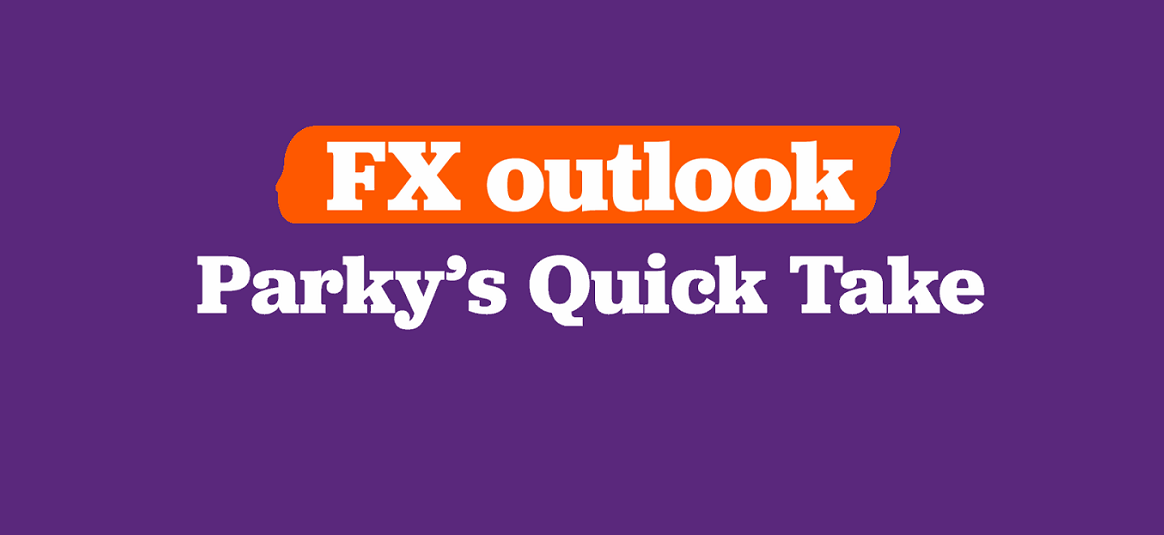What the US monetary authority hinted at last week was a gradual tightening in monetary policy to try and prevent more serious second-round effects from the cost-push inflation seen recently. Comments from Federal Reserve Chair, Jerome Powell, to the House Financial Services Committee and then the Senate Bank Committee, indicated that Powell favoured raising interest rates gradually, so in 25 basis point increments rather than more aggressively. That said, Powell recognised that there were risks on both sides, with inflation overshooting by more than was expected and growth at risk of being much slower thanks to the spike in energy prices prompted by the invasion of Ukraine by Russia. Gradualism is, in my view the right approach, although I don’t rule out a larger hike entirely, given the concerns amongst some members of the Federal Open Market Committee, and comments in the Beige Book about ‘brisk’ price increases in stores.
Last week’s attention was on the US labour market data for February. This recorded a strong bump to non-farm payrolls, which grew by a net 678,000 in February, after a 481,000 rise in January. The unemployment rate dropped to 3.8% from 4%, edging ever closer to the all-time low of 3.5% recorded in 2019. However, average earnings growth fell back in February from 5.5% to 5.1% year-on-year, suggesting that the growth of wages was not as problematic as may have been feared, albeit we should not read too much into one month’s data, which could be revised.
Downside risks to economic activity from the invasion of Ukraine will, in my view, dominate over data releases this week, albeit that the consumer price inflation data for February, and provisional March consumer sentiment data from the University of Michigan, were likely to contradict one another anyway. The risks are for a further surge in inflation but an additional collapse in consumer confidence. How long before we see the cost-of-living issues undermine home buying, the purchase of motor vehicles and other discretionary purchases?
As for the USD, I think it will continue to be well supported against the EUR and GBP, with a flight to quality and lower liquidity levels supporting an additional rally in the dollar over the course of this week. Sanctions and the conflict are likely to escalate further, before things begin to get better.

